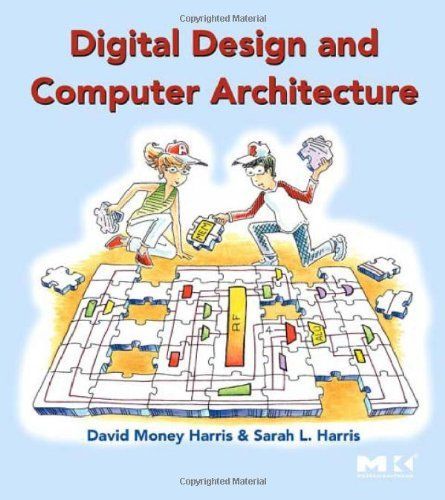
Digital Design and Computer Architecture
Digital Design and Computer Architecture is designed for courses that combine digital logic design with computer organization/architecture or that teach these subjects as a two-course sequence. Digital Design and Computer Architecture begins with a modern approach by rigorously covering the fundamentals of digital logic design and then introducing Hardware Description Languages (HDLs). Featuring examples of the two most widely-used HDLs, VHDL and Verilog, the first half of the text prepares the reader for what follows in the second: the design of a MIPS Processor. By the end of Digital Design and Computer Architecture, readers will be able to build their own microprocessor and will have a top-to-bottom understanding of how it works--even if they have no formal background in design or architecture beyond an introductory class. David Harris and Sarah Harris combine an engaging and humorous writing style with an updated and hands-on approach to digital design. Unique presentation of digital logic design from the perspective of computer architecture using a real instruction set, MIPS. Side-by-side examples of the two most prominent Hardware Design Languages--VHDL and Verilog--illustrate and compare the ways the each can be used in the design of digital systems. Worked examples conclude each section to enhance the reader's understanding and retention of the material.